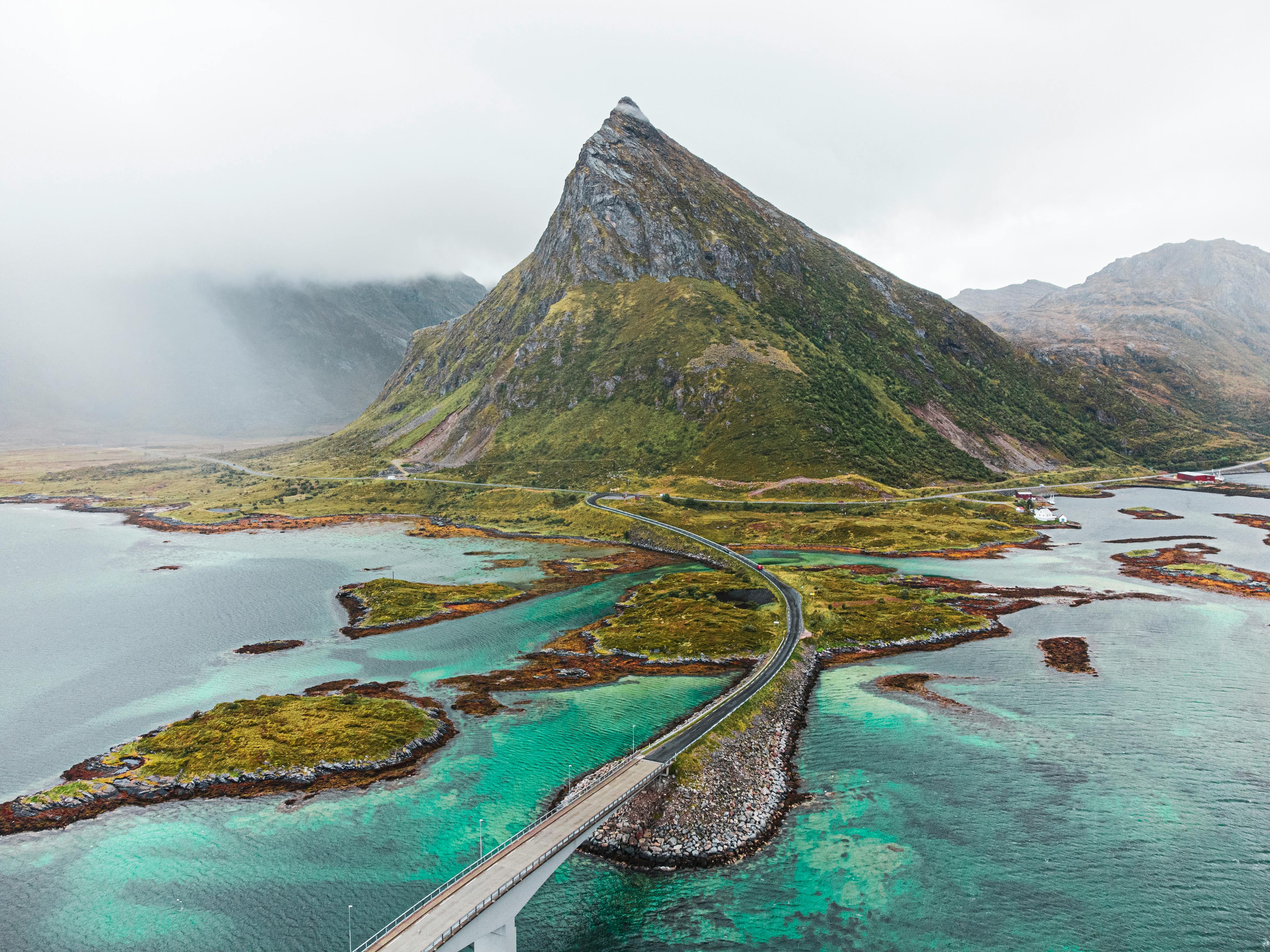Reimagining Ancient Trade Routes: The Emergence of Modern Silk Road Travel
The worldwide fascination with the ancient Silk Road has rekindled, manifesting in a contemporary travel trend. This millennia-old trade route connects cultures, histories, and landscapes like no other, offering a unique fusion of adventure, education, and cultural immersion.

A Walk Through History: The Ancient Silk Road
The Silk Road, a network of trade routes connecting the East and West, was the lifeblood of ancient civilizations for nearly 1500 years. The routes were named after the lucrative silk trade, but they facilitated the exchange of many goods and ideas, shaping the cultures they connected. The Silk Road stretched from China, through central Asia, to the Mediterranean, encompassing diverse terrains and cultures. This vast network of routes is now experiencing a resurgence as a modern travel trend.
The Resurgence: Modern Silk Road Travel
Today, travelers are increasingly interested in tracing the footsteps of ancient merchants and explorers. Modern Silk Road travel involves journeying along these historic routes, exploring the rich tapestry of cultures, landscapes, and historical landmarks. It’s a unique blend of adventure and cultural tourism, with travelers immersing themselves in local traditions, cuisines, and art forms. This trend has gained momentum due to the increasing interest in experiential travel, where tourists seek out authentic cultural interactions and immersive experiences.
Advantages and Challenges of Silk Road Travel
Silk Road travel offers a multitude of benefits for the modern traveler. It provides an unparalleled opportunity to delve into the rich history and diverse cultures along the routes. The landscapes are varied and breathtaking, ranging from towering mountain ranges to sweeping deserts. However, there are challenges too. The routes cover vast distances, necessitating extensive planning and time commitment. The remoteness of some regions can also pose logistical difficulties. Despite these challenges, the unique experiences and cultural insights gained make Silk Road travel an appealing prospect for adventurous travelers.
Practical Applications: In the Footsteps of History
When planning a Silk Road journey, consider focusing on a specific section of the route to make the trip manageable. This could involve exploring the ancient cities of Uzbekistan, trekking through the rugged mountains of Kyrgyzstan, or following the path of Marco Polo through China. It’s also important to consider the best time to travel, as weather conditions can vary dramatically along the route.
Exploring the Silk Road: Key Insights
- The Silk Road is not a single path but a network of routes. Each has its own unique history and cultural significance.
- The journey offers a unique opportunity to explore diverse landscapes, from the bustling markets of Istanbul to the windswept steppes of Mongolia.
- The Silk Road is a living history, with many of the ancient cities, caravanserais, and fortresses still in use today.
- The journey can be challenging but immensely rewarding, offering a unique blend of adventure, culture, and history.
In conclusion, the modern Silk Road travel trend offers travelers a unique opportunity to explore the rich tapestry of cultures and histories that formed along these ancient trade routes. It’s an adventurous journey through time, offering a deeper understanding of the interconnectedness of our world. This trend aligns perfectly with the contemporary shift towards experiential travel, offering deep cultural immersion and a unique storytelling experience. The ancient Silk Road continues to connect cultures and inspire travelers, just as it has for millennia.





